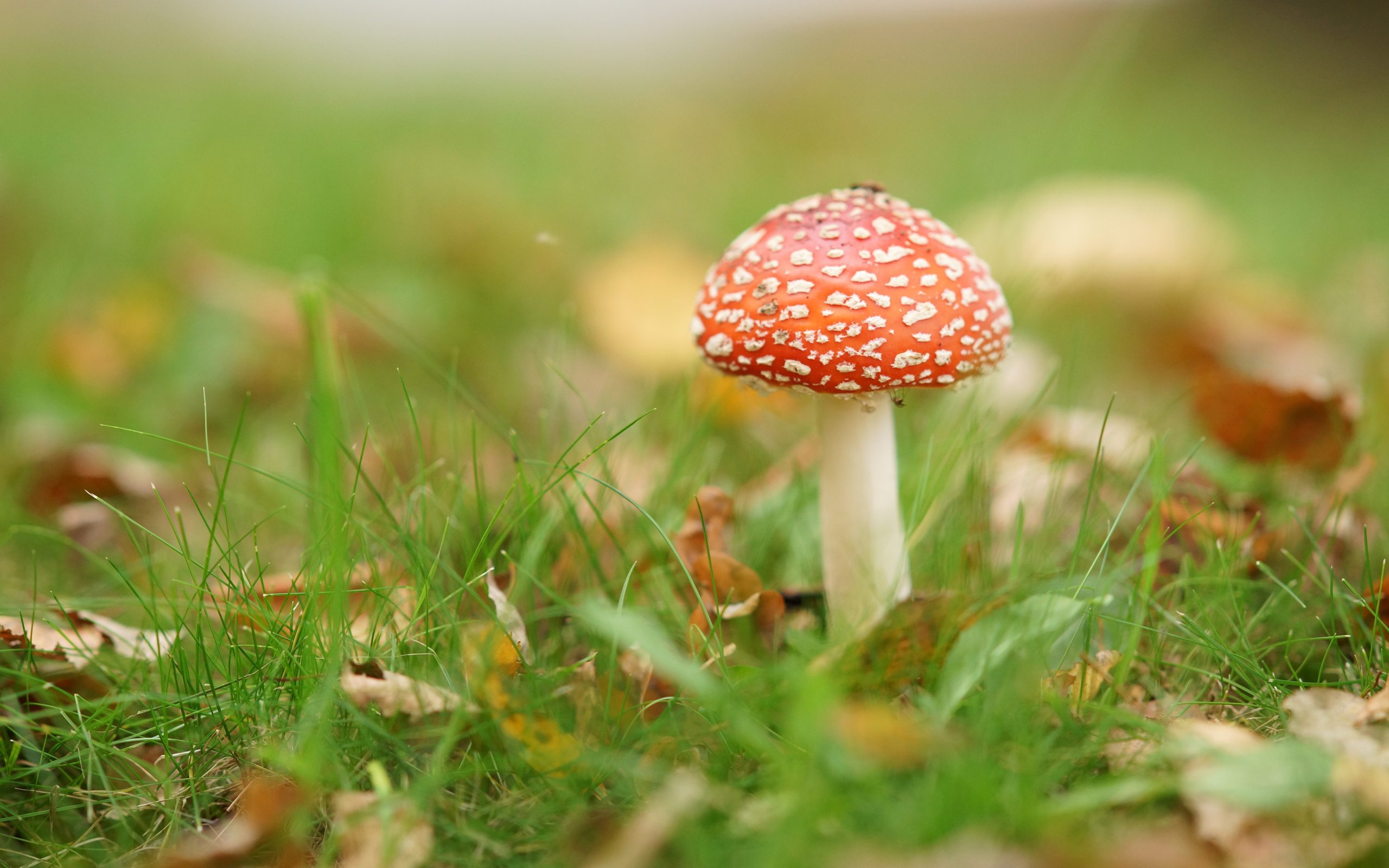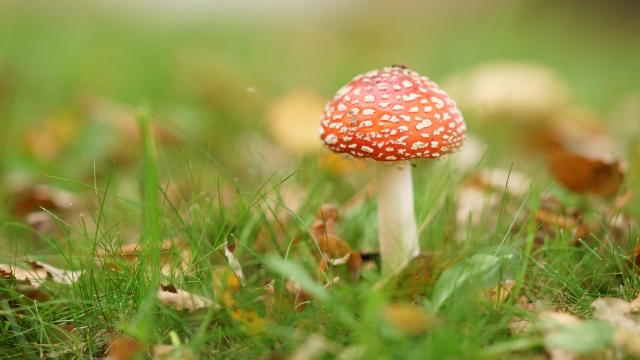
Welcome to the fascinating world of mushroom growing! If you’ve ever been curious about cultivating your own delicious and nutritious fungi at home, this beginner’s guide is here to help you get started. Growing mushrooms can be a rewarding and enjoyable experience, allowing you to connect more closely with nature and enjoy the fruits (or should we say, mushrooms) of your own labor. Whether you’re interested in cultivating the classic button mushrooms or exploring the wide range of exotic varieties available, this guide will provide you with the essential information to unleash the fungi in your own space. So, roll up your sleeves, grab your spores, and let’s dive into the exciting realm of mushroom growing!
Choosing the Right Mushroom Species
When starting your mushroom growing journey, it is important to choose the right species that suits your needs and capabilities. Each mushroom species has its own unique requirements, growing methods, and flavors. Here are some factors to consider when selecting the perfect mushroom species for your cultivation venture.
-
Consider the Growing Environment
Different mushroom species thrive in different growing conditions. Some mushrooms prefer cool temperatures, while others require warmer climates. Additionally, certain species can tolerate varying levels of humidity and light exposure. Before making your decision, assess the growing environment available to you and choose a species that will flourish within those conditions. -
Evaluate Your Skill Level
Some mushroom species are more forgiving for beginners, while others require advanced techniques and experience. If this is your first foray into mushroom cultivation, it would be wise to start with a species that is known to be beginner-friendly. As you gain confidence and expertise, you can explore more challenging varieties to expand your growing skills. -
Consider Your Culinary Preferences
Ultimately, the taste and texture of the mushrooms you want to grow should align with your personal preferences. Each mushroom species has its own unique flavor profile and culinary applications. Whether you enjoy the delicate taste of oyster mushrooms or the earthy richness of shiitake, selecting a species that appeals to your palate will enhance your overall mushroom growing experience.
By carefully considering the growing environment, your skill level, and your culinary preferences, you can narrow down the options and choose the right mushroom species to embark on your fungal adventure. Remember, with the right choice, you’ll be well on your way to growing your own delectable mushrooms in no time!
Creating the Ideal Growing Environment
To successfully grow mushrooms, it is crucial to create the ideal growing environment. The conditions in which mushrooms are cultivated greatly impact their growth and overall yield. In this section, we will explore three key factors to consider when setting up your mushroom growing space.
- Temperature and Humidity:
Maintaining the right temperature and humidity levels is essential for successful mushroom cultivation. Different types of mushrooms require specific conditions, but in general, most varieties thrive in temperatures between 60°F (15°C) and 75°F (24°C). To achieve optimal humidity, it is recommended to keep the relative humidity at around 85%. This can be achieved by using a humidifier or by misting the growing area regularly.
- Light and Darkness:
Unlike plants, mushrooms do not require direct exposure to sunlight for photosynthesis. In fact, light can inhibit their growth. Instead, mushrooms need a dark environment to develop properly. It is essential to keep the growing area free from any sources of direct light. If necessary, cover the area with a light-proof material or store mushrooms in a room with minimal light exposure.
- Air Circulation:
Proper air circulation is crucial for mushrooms to thrive. It helps in maintaining a consistent temperature and humidity throughout the growing space while preventing the build-up of carbon dioxide. To ensure good airflow, consider using fans or natural ventilation to promote fresh air exchange. Be cautious not to create excessive air movement, which can lead to drying out the mushrooms or disrupting their growth.
By paying attention to temperature and humidity, providing a dark environment, and ensuring adequate air circulation, you are creating the ideal growing environment for mushrooms. In the next section, we will delve into the specific growing techniques and methods to help you get started on your mushroom cultivation journey.
Maintaining and Harvesting Your Mushroom Crop
Caring for your mushroom crop requires attention to detail and adherence to proper maintenance practices. By following these guidelines, you can ensure a successful harvest of your homegrown delicacies.
-
Provide Optimal Growing Conditions: Mushrooms thrive in specific environmental conditions, so it’s essential to create the ideal setting for their growth. Maintain a temperature range of 60-75°F (15-24°C) and a humidity level between 80-90%. Proper air circulation is crucial to prevent moisture buildup and the growth of contaminants. Consider using a humidifier or misting the growing area regularly to maintain humidity levels.
-
Regular Monitoring and Watering: Regularly monitor the moisture content of the substrate or soil where your mushrooms are growing. Mushrooms require consistent moisture to develop properly. Use a misting bottle to lightly spray water on the growing medium whenever it starts to dry out. Be careful not to saturate the substrate as excess moisture can promote the growth of mold or bacteria.
-
Harvesting at the Right Time: Harvesting mushrooms at the optimal stage of maturity is essential to ensure the best flavor, texture, and nutritional value. Different mushroom varieties have specific indicators for when they are ready to be harvested. Generally, mushrooms are ready to harvest when the caps have fully expanded and before the veil beneath the cap breaks or ruptures. Gently twist or cut the mushrooms at the base of the stem to remove them from the substrate. It’s important to harvest mushrooms as soon as they are ready to prevent over-ripening.
Remember, maintaining and harvesting your mushroom crop requires patience and attentiveness. By creating the ideal growing conditions, monitoring moisture levels, and harvesting at the right time, you can enjoy the fruits of your labor and explore the delicious world of mushroom cultivation.
